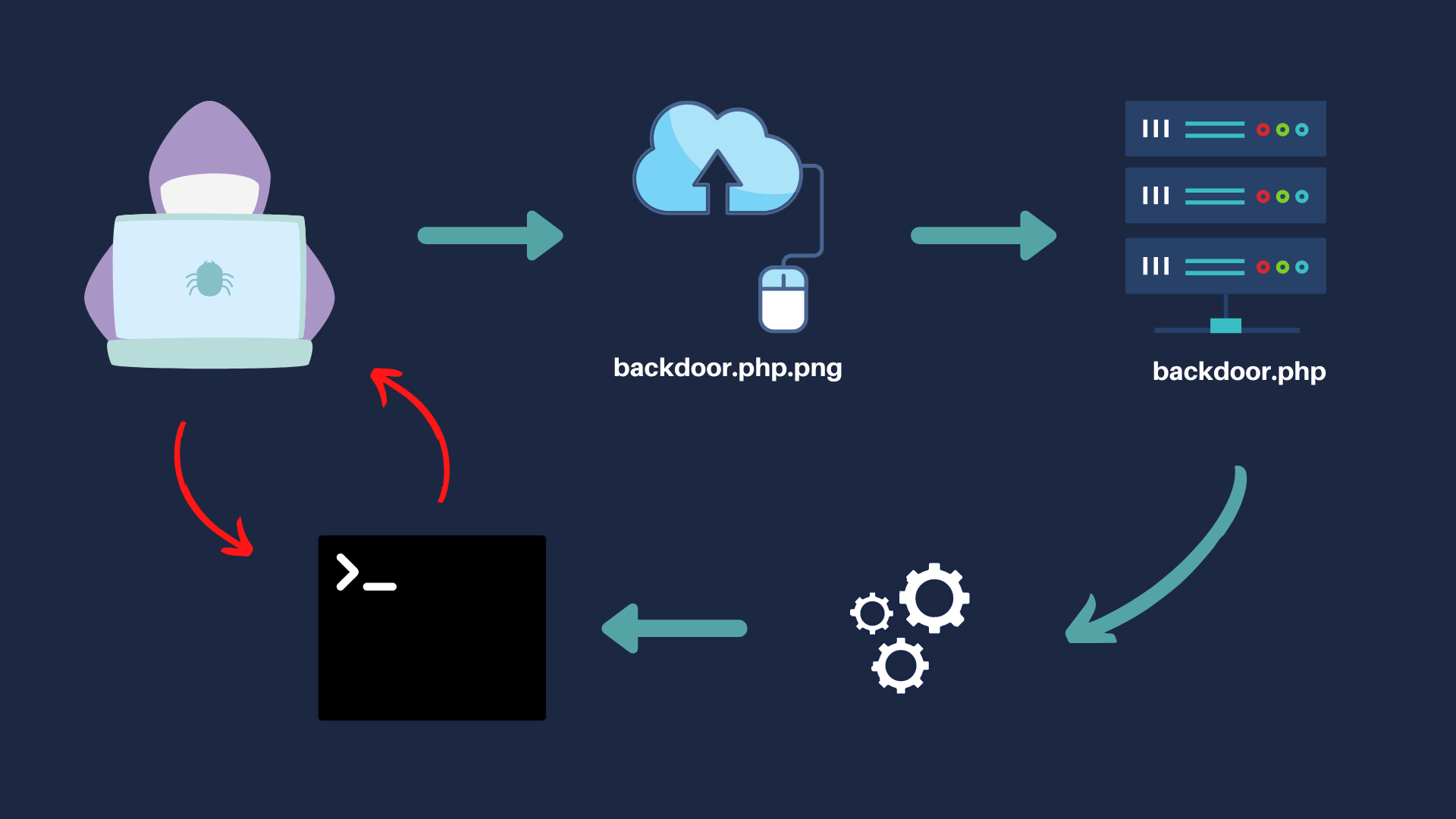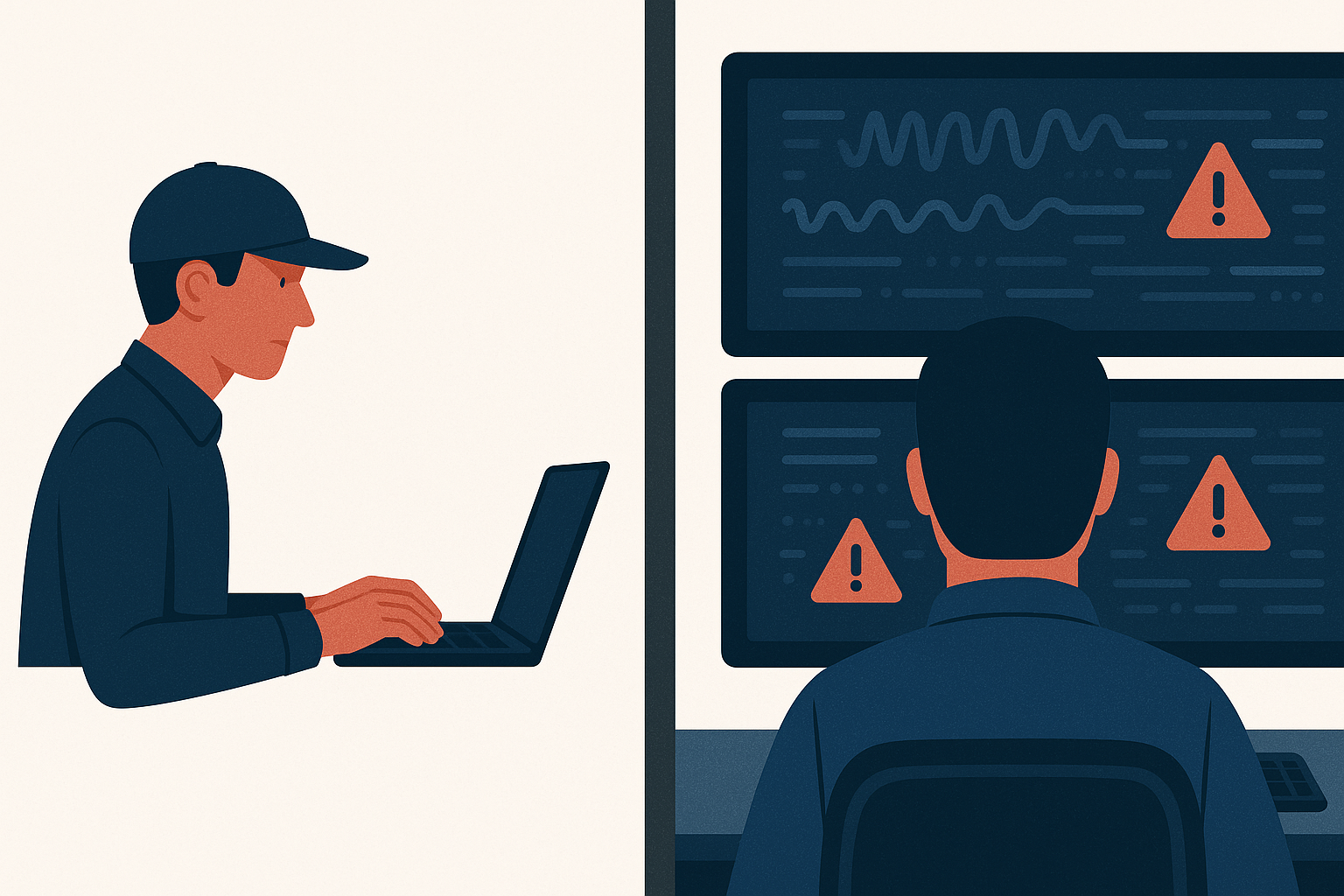
Cyber threats are evolving, and so is offensive security. 2024 has been a year of rapid technological shifts, with AI-driven attacks, sophisticated social engineering, and cloud breaches pushing cybersecurity teams to rethink their defenses. As we move into 2025, penetration testers and red teams must anticipate the next wave of threats. What trends will shape offensive security in the coming year, and how can security professionals stay ahead? Let’s dive in.
AI-Powered Attacks: The Next Evolution
AI has become a double-edged sword in cybersecurity. While defenders use AI-driven tools to detect anomalies and predict threats, attackers are leveraging AI for sophisticated offensive operations. In 2024, we saw AI-generated phishing campaigns that bypassed traditional detection methods. Attackers used generative AI to craft hyper-personalized phishing emails, imitating real conversations and even mimicking a target’s writing style.
One notable example was the DeepPhish campaign, where attackers used AI to analyze corporate email patterns and generate phishing messages indistinguishable from legitimate internal communications. The result? Even seasoned cybersecurity professionals fell victim.
As we enter 2025, expect AI-powered malware that adapts in real time. Instead of relying on predefined attack patterns, future malware could adjust its behavior based on the victim’s system defenses. This will make signature-based detection nearly obsolete, forcing security teams to rely on behavior analysis and AI-driven defense mechanisms of their own.
The Rise of Cloud Takeovers
Cloud infrastructure remains a top target for attackers, and 2024 saw a surge in cloud account takeovers. Misconfigured APIs, weak access controls, and stolen cloud credentials were among the primary entry points for adversaries.
A significant breach occurred when an attacker exploited a misconfigured AWS S3 bucket, leading to the exposure of over 500,000 sensitive customer records. This incident highlighted the persistent issue of insecure cloud configurations, an area penetration testers will need to focus on more in 2025.
What’s next? Multi-cloud attacks. Many organizations now use multiple cloud providers, but their security strategies haven’t kept up. Attackers will exploit these gaps, moving laterally across different cloud environments to maximize damage. Offensive security professionals must refine their tactics for testing cross-cloud vulnerabilities and ensure that businesses are prepared for these evolving threats.
Weaponized Deepfakes and Social Engineering
2024 was the year deepfake technology became a serious cybersecurity threat. Attackers used deepfake-generated voice and video to impersonate executives in high-stakes fraud cases. In one alarming instance, criminals used AI to clone a CFO’s voice, convincing an employee to transfer $25 million to a fraudulent account.
Looking ahead, deepfakes will become even more convincing and harder to detect. Attackers will combine deepfake technology with social engineering tactics to manipulate authentication systems, bypass biometric verification, and orchestrate more sophisticated business email compromise (BEC) scams. Security teams must start incorporating deepfake detection techniques into their pentesting methodologies.
The Expansion of Initial Access Markets
The underground cybercrime economy is thriving, and 2024 saw the rise of Initial Access Brokers (IABs)—criminals who sell access to compromised networks. These brokers streamline attacks, making it easier for ransomware gangs and APT groups to infiltrate organizations.
One striking example was the breach of a multinational logistics company, where an attacker sold access to its internal systems for just $10,000 on a dark web marketplace. Within days, a ransomware group used this access to deploy a crippling attack, bringing operations to a standstill.
In 2025, the IAB model will continue to expand, and pentesters must simulate these types of access-based attacks to help organizations identify and secure their weakest entry points.
Predictions for 2025: What’s Coming Next?
1. Autonomous Malware.
AI-driven malware that can self-modify, evade detection, and exploit new vulnerabilities without human intervention.
2. Quantum Computing Threats.
While still in its infancy, quantum computing could soon render traditional encryption obsolete, forcing organizations to rethink their security models.
3. Supply Chain Attacks 2.0.
Attackers will go beyond traditional software supply chain compromises, targeting AI training datasets and machine learning models to inject bias and compromise decision-making.
4. Cyber-Physical Attacks.
As IoT devices become more connected, expect more cyber attacks on physical infrastructure—smart grids, autonomous vehicles, and even healthcare devices.
Final Thoughts
In 2025, the role of penetration testers and red teams will be more crucial than ever. The key to staying ahead isn’t just adopting new tools but thinking like attackers. Understanding evolving tactics, leveraging threat intelligence, and continuously refining pentesting methodologies will be essential.
The future of offensive security isn’t just about testing vulnerabilities—it’s about anticipating them. Are you ready for what’s next?
Don’t just keep up with trends — be prepared for them!
Test our platform: https://a42.tech/




